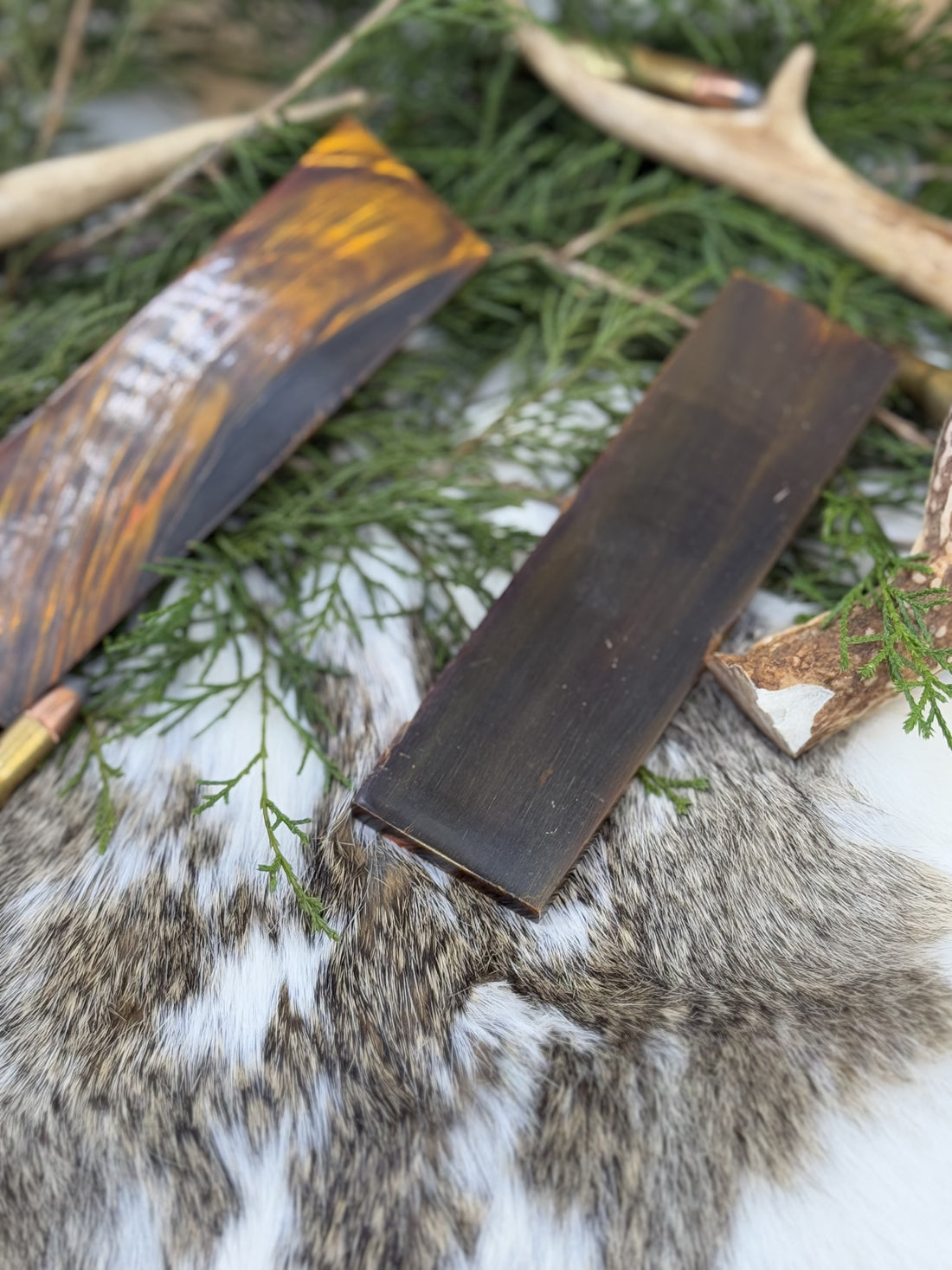Imagine a world without knives. From preparing a meal to venturing into the wild, knives are indispensable tools that have aided humans throughout history. The quality of a knife is determined not just by the sharpness of its blade, but also by the craftsmanship and materials used in its creation. When selecting a knife, understanding the significance of the handle material is crucial as it affects both the function and longevity of the knife.
Knife making is a precise craft, involving methods like forging, where heated steel is hammered into shape, and stock removal, where the blade shape is filed from a solid steel piece. Heat treatment processes further enhance the blade's toughness and edge retention. When selecting a blade, the steel type plays a fundamental role. High-carbon steels offer excellent edge retention, while stainless steels provide corrosion resistance. The balance between hardness and flexibility is essential for a quality knife that maintains a sharp edge without becoming brittle.
The handle material, surprisingly, is a critical factor in knife selection. Two popular materials are camel bone and burl wood. Camel bone offers durability and a unique, exotic appearance, often utilized by knife makers for custom designs. Burl wood, known for its stunning pattern and resilience, is favored for its aesthetic appeal and robust performance. Both materials are excellent choices, providing an attractive blend of beauty and function.
Choosing the right knife involves considering the intended use. A chef’s knife for precision cutting in the kitchen requires a comfortable handle and a balanced feel. Bushcraft knives for survival need robust, ergonomic handles and sturdy blades for tasks like carving and batoning. Hunting knives should offer ease of grip for field dressing, while tactical knives must focus on speed and utility for first responder duties. Each type of knife is designed with specific functionality in mind, which is reflected in both its blade and handle choice.
Maintaining your knife is as important as selecting the right materials. Regular sharpening ensures your knife remains effective, while proper storage and cleaning extend its lifespan. Avoid cutting on hard surfaces and always use a honing steel or sharpening device to maintain edge sharpness. Investing in a high-quality knife also means committing to its care to keep it in top condition.
Informed purchasing decisions prevent common pitfalls such as buying knives that are ill-suited for their intended use or selecting a blade material that requires more maintenance than one is willing to provide. Considerations like your personal comfort with the grip and the knife's balance can be pivotal. Finding quality knives involves researching trusted brands or artisans who use premium materials and proven techniques.
In conclusion, a knife is more than just a tool; it is a partner in many tasks ranging from the culinary to the tactical. Understanding the nuances of handle materials like camel bone and burl wood alongside blade selection can elevate your appreciation and effectiveness with these instruments. We invite you to explore our range of finely crafted knives and accessories. Make the right choice for your needs today and experience the difference that quality and craftsmanship bring. Whether you're a culinary enthusiast, outdoor adventurer, or in need of reliable tactical gear, our collection offers a range to suit your lifestyle. Visit our online store to find your perfect match, and let your next knife be not only a purchase but an investment in superior performance.

